
Excerpted from TIME’s David Bowie: His Life on Earth, an 80-page, fully illustrated commemorative edition. Available at retailers and at Amazon.com.
Perhaps to begin with, it was just a ploy to get people’s attention: dressing not exactly like a woman, but certainly not like any man, or at least not one who telegraphed such raw sex appeal. He wasn’t a drag queen; he was the prince of weird. David Bowie’s style, however, wasn’t a gimmick. He was no Kiss, whose makeup and leather garb became their trademark. But neither was he Lady Gaga or Madonna, always having to reinvent their wardrobes to keep people engaged. Bowie’s style evolved, alongside his music, as part of his quest to explore places he had never been before.
Read more: See TIME’s David Bowie cover.
By the end of his life, countless people had come under his influence. Fashion designers acknowledged their debt to him, other entertainers credited him with influencing their style, and many unfamous others took to social media to explain how his cool eccentricity had freed them from the fear of being mocked for looking different.
“He inspired me by his creativity, his extravagance, his sense of fashion that he was constantly reinventing, by his allure, his elegance and his play on gender,” said Jean Paul Gaultier. Belgian designer Dries Van Noten said that more than one of his collections “had been directly inspired by [Bowie’s] style and attitude.” Christopher Bailey, the chief creative officer of Burberry, whose runway show fell on the day after Bowie’s death, sprinkled his male models’ eyes with glitter in homage. “I was born with a David Bowie album in my hand,” said YSL designer Hedi Slimane. “He was Adam, and Angie Bowie was Eve, to me.”
Fashion magazines are still mining his oeuvre for inspiration. Bowie’s mainstream appeal gives them permission to be oddball and yet commercial, and his gently freaky spirit has suffused cover shoot after cover shoot. Tilda Swinton, who has appeared in several Bowie photo homages, including one on the cover of W in 2011, so resembles Bowie in look and style that an Internet meme sprung up that they were the same person.
From afar, it seemed as if Bowie would wear anything—zigzag-knit halter top and hot pants with matching leg and elbow warmers, anyone?—but even though he famously called his Ziggy Stardust style “a cross between Nijinsky and Woolworth’s,” he was choosy. Before he could afford Japanese designer Kansai Yamamoto’s nuttily glamorous outfits, he had his friends copy them. Yamamoto later remarked that most of the ensembles Bowie favored, including the much-exhibited black-and-white bulbous leg jumpsuit, had been designed for women.
“Bowie is a very clever operator,” Shaun Cole of the London College of Fashion told a newspaper during the current David Bowie is exhibition, which includes many of his stage getups. “He didn’t just happen to be there at the right time; he was like a sponge, absorbing influences, turning them around, reiterating and using them in his own way to make an impact. And he always knew what was going to happen.” The ’70s were a different time, of course, but it’s hard to imagine even Bowie knowing that his one legged, one armed cat – suit would inspire French Elle to run a “How to make a Ziggy Stardust leotard” story with knitting patterns and yarn tables.
After the Ziggy phase passed, Bowie moved to Los Angeles, and his outfits began to mimic the changes that were happening in his music. He started performing in zoot-suit inspired, heavily structured ensembles, with baggy pants, structured jackets, dramatic shirt cuffs, and watches on a chain, just like any funked-up brother would wear. Theatrical, yes, but recognizably human; there were fewer eye patches and more suspenders. Perhaps as drugs began to take their hold on him, the so called Thin White Duke emerged, a vaguely vampiric wraith of a creature, in dark suits and light shirts. Fleeing his demons, he moved to Berlin, where his style grew more expressionist and malleable, sharp suits interspersed with deeply flouncy, floating jumpsuits and parachute pants. The Pierrot costume from his Ashes to Ashes album brought together his background in mime and the prevailing New Romantic style of the day. While he rarely revisited his full-on Ziggy days, Bowie retained his taste for eccentric glamour and statement shoulders, and his fluid flair continued to be an inspiration to countless performers around him and who came after—of both genders. While his style quietened, his inner dandy never died; Alexander McQueen designed him a memorably ironic military-style Union Jack overcoat splattered with pigeon droppings.
The Many Faces of David Bowie
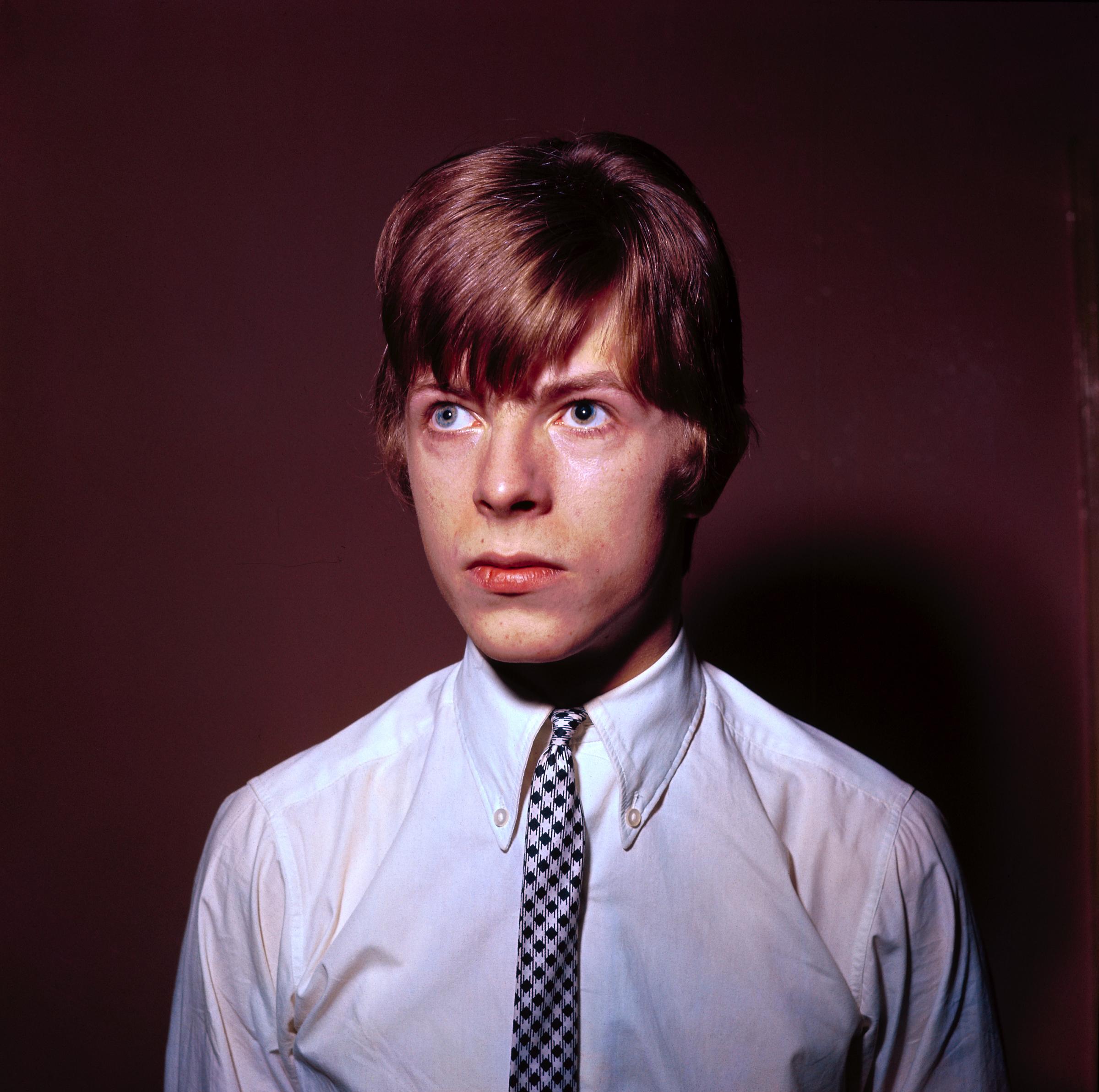
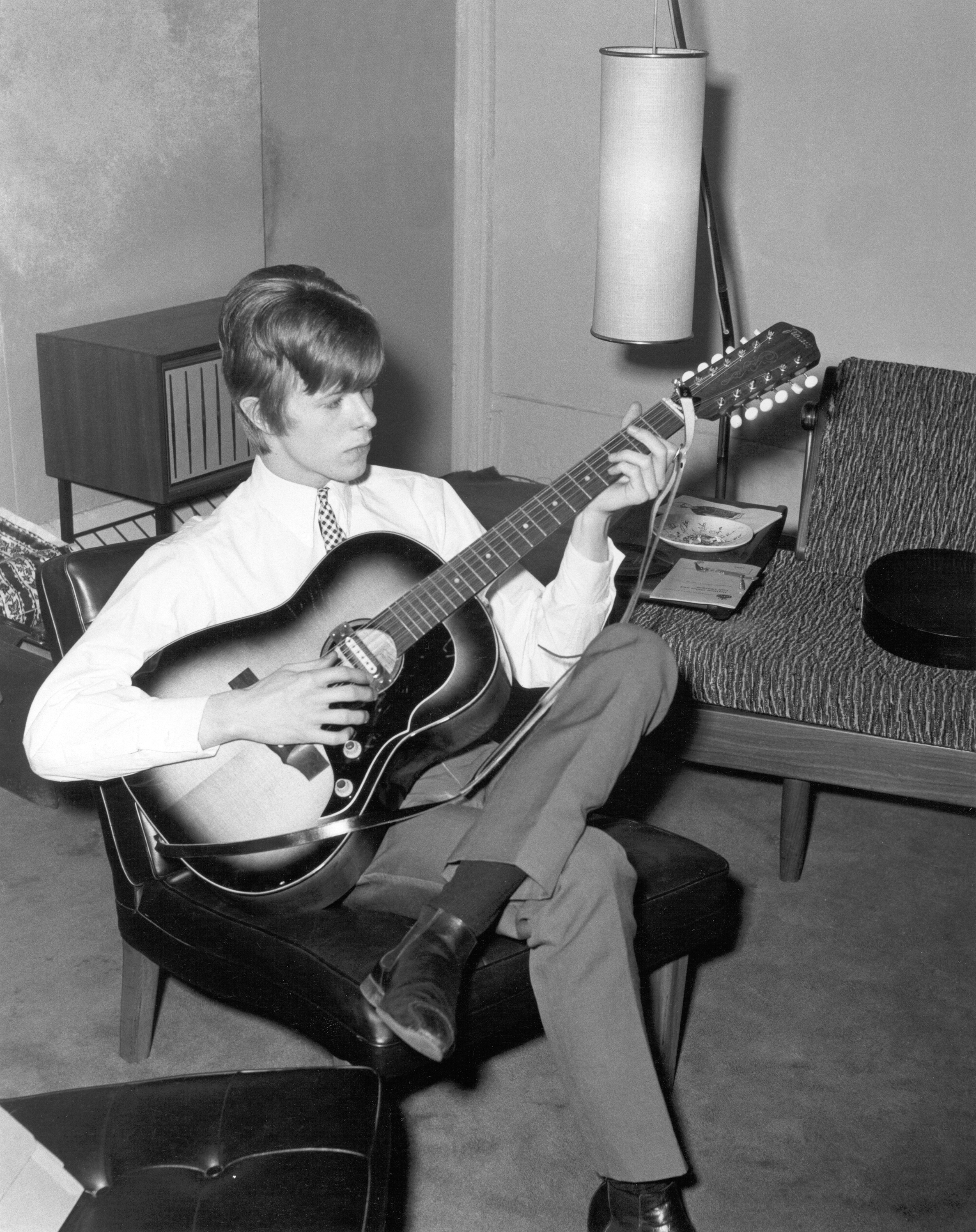
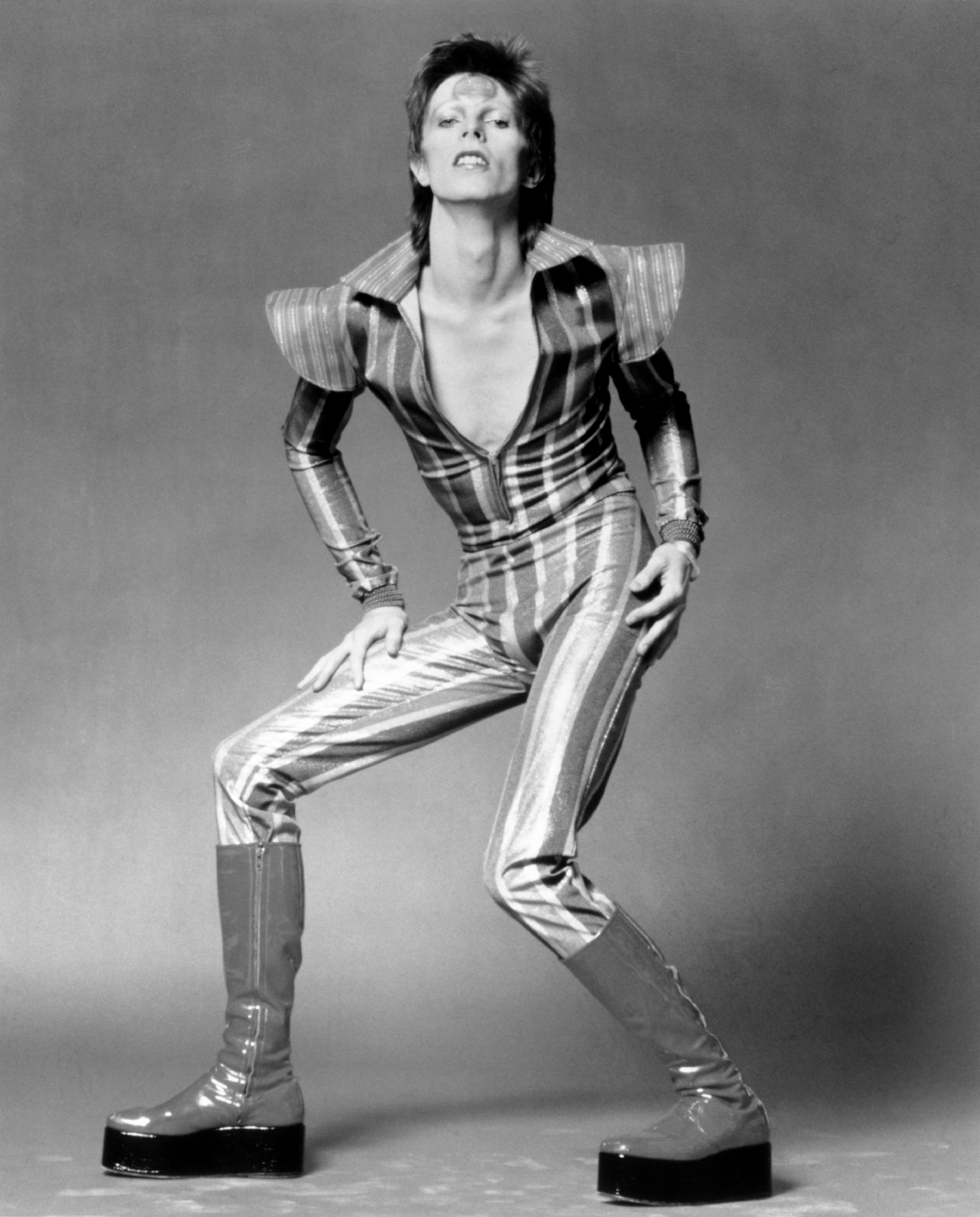
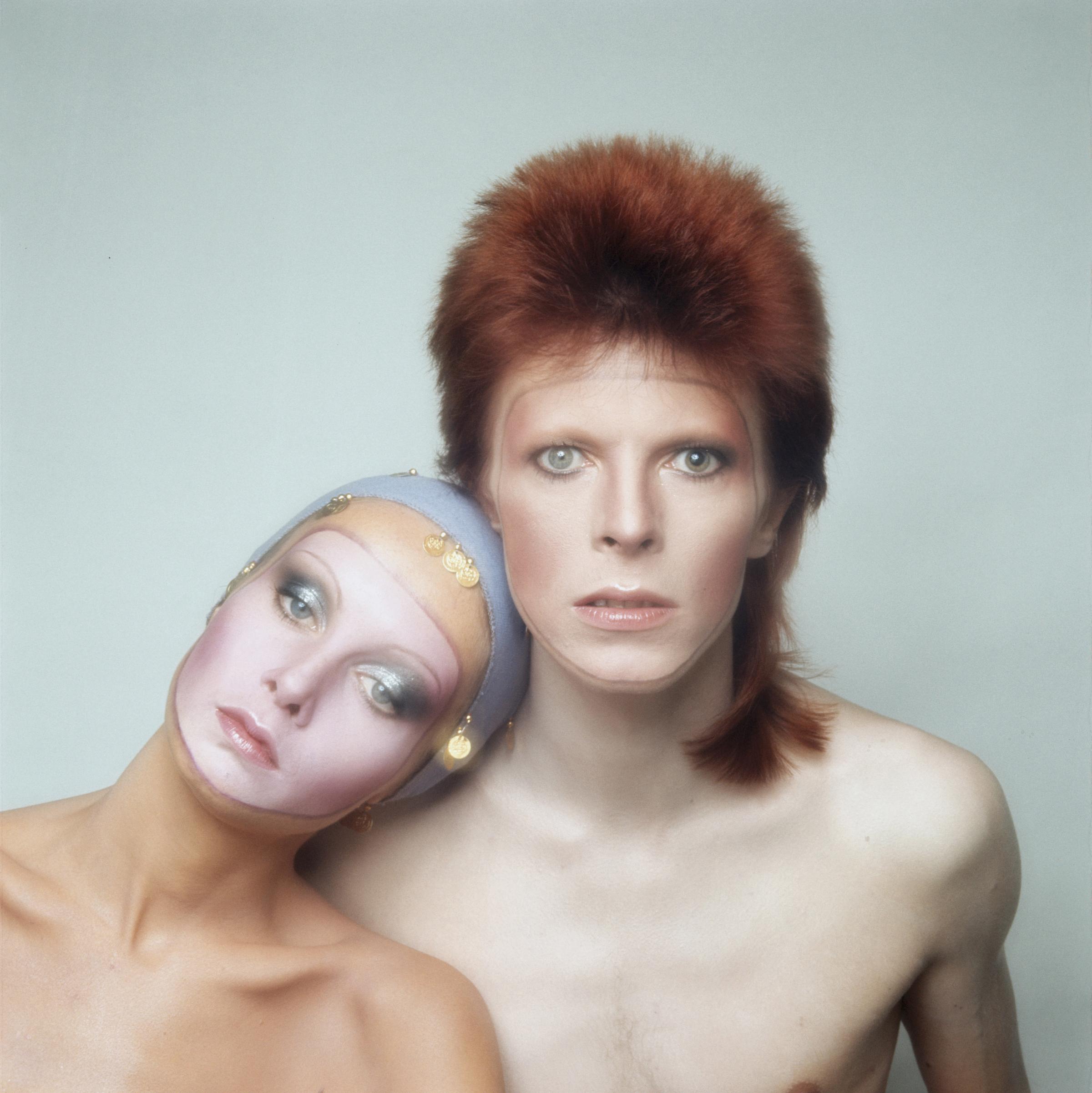
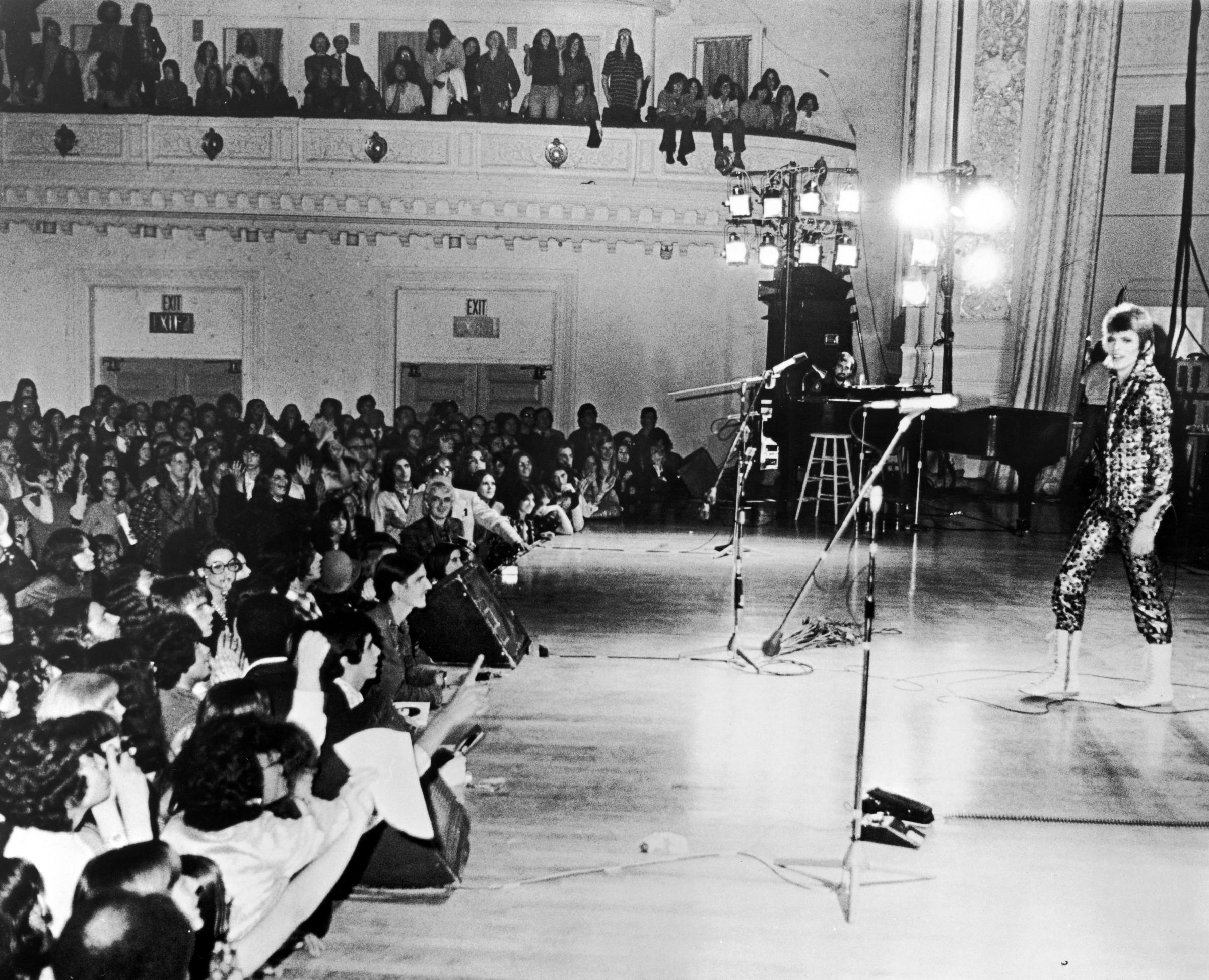
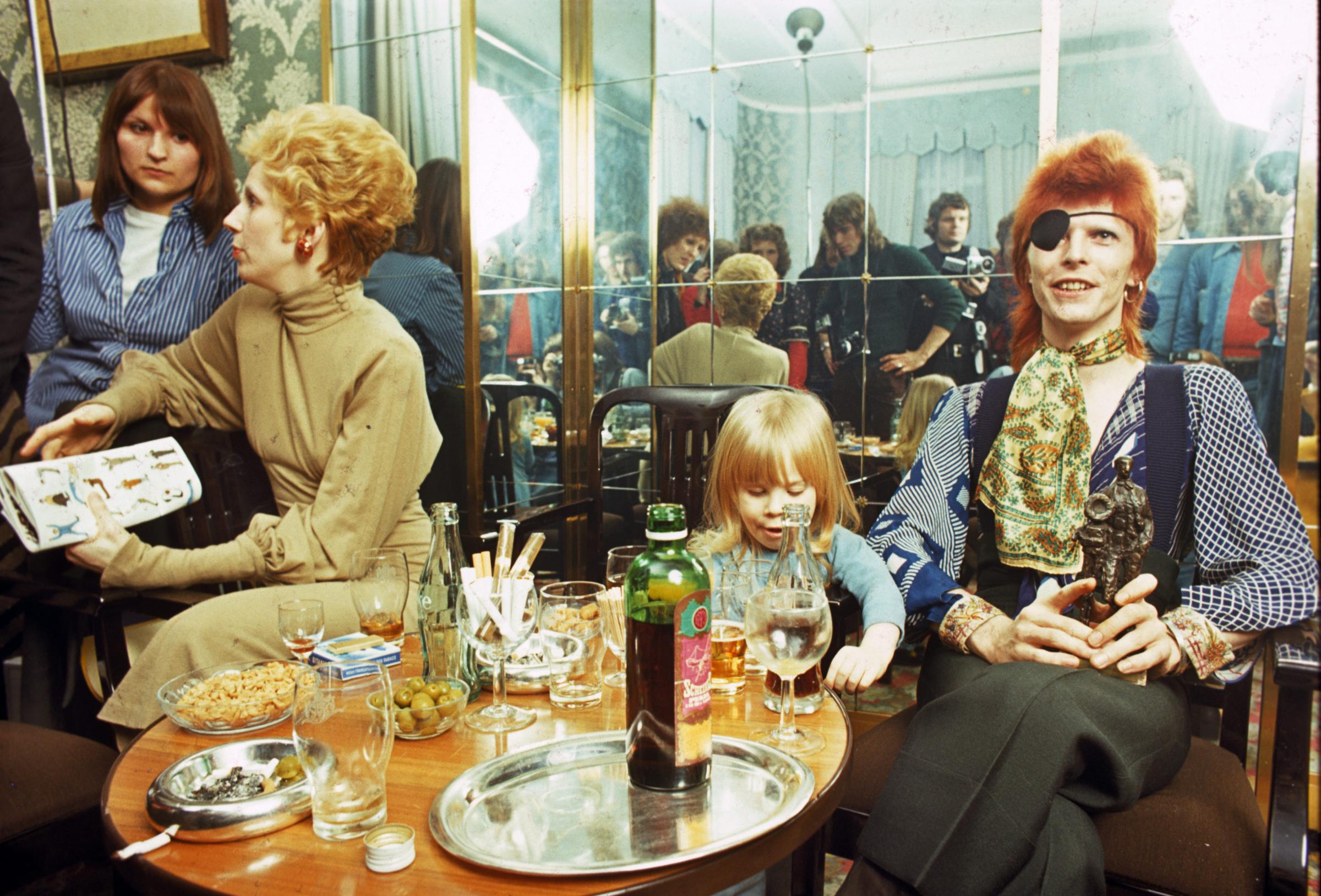

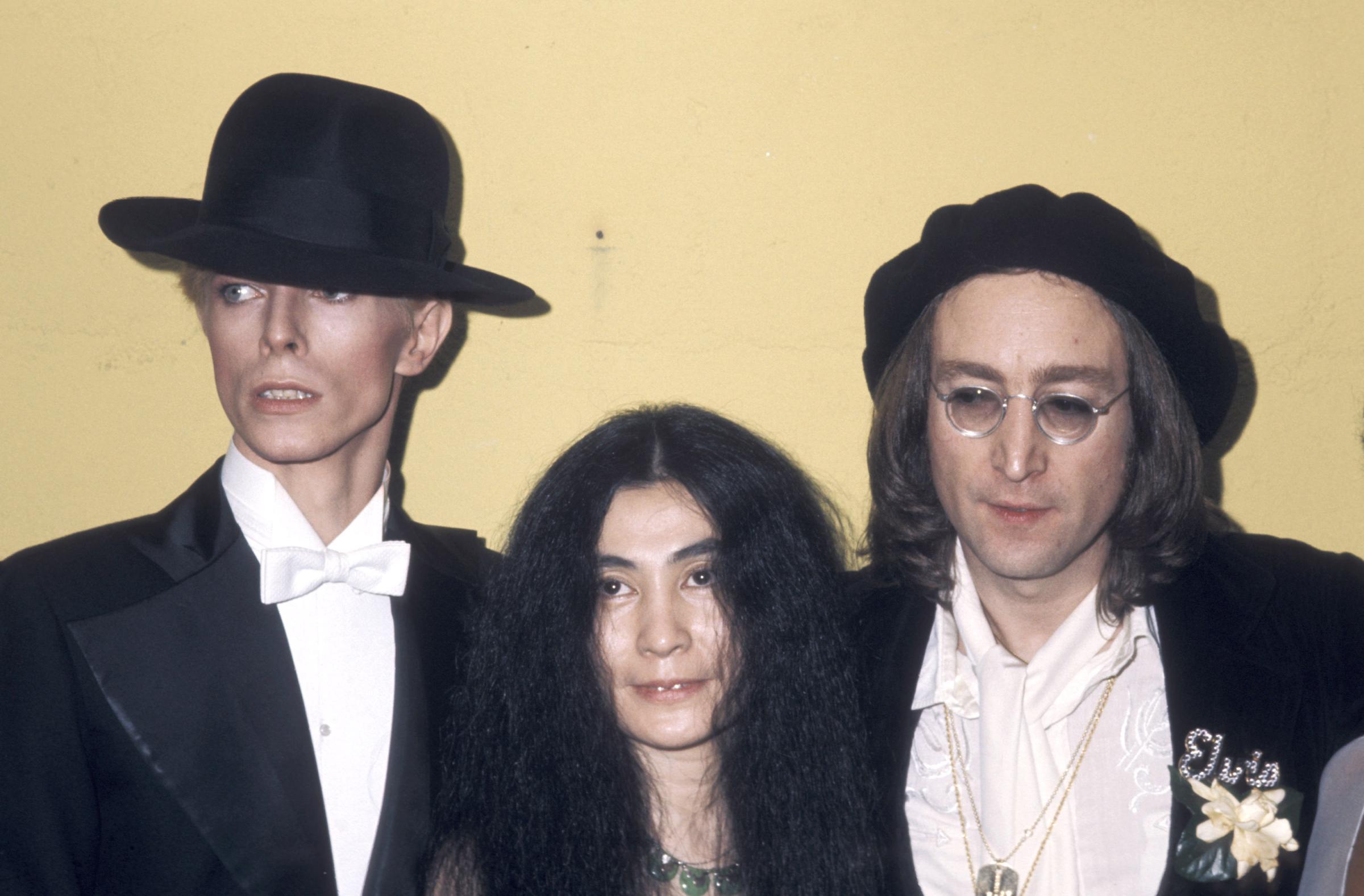
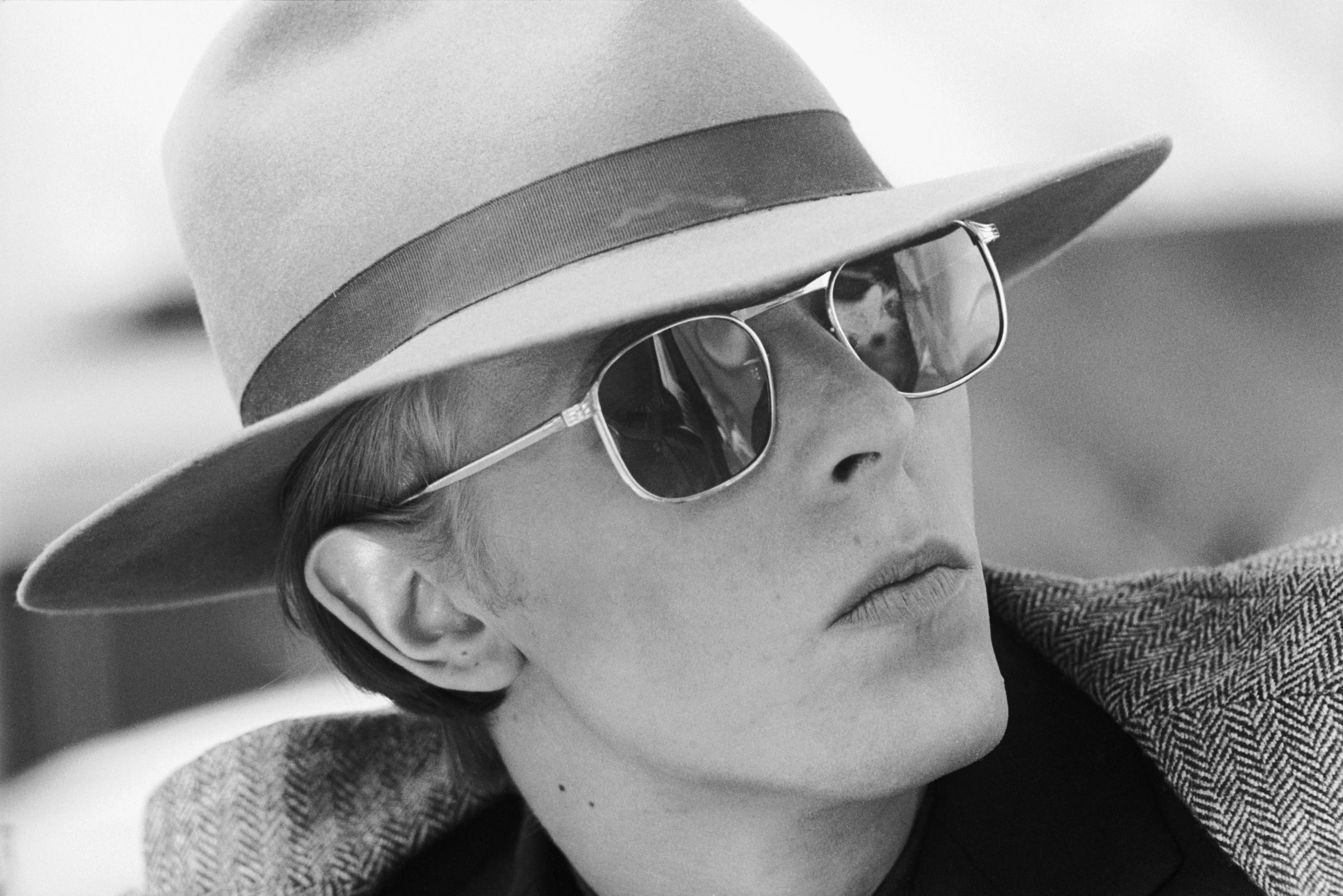
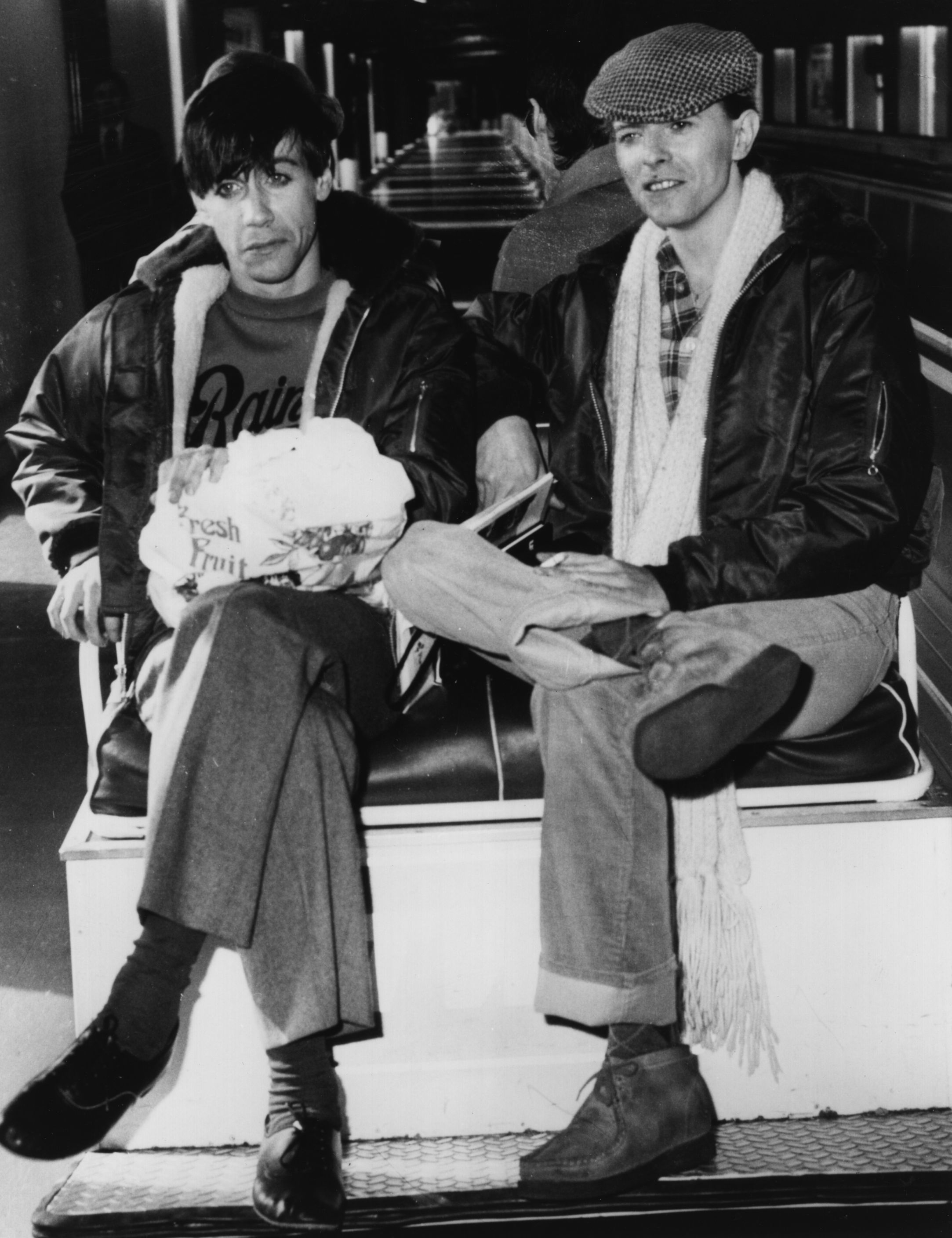

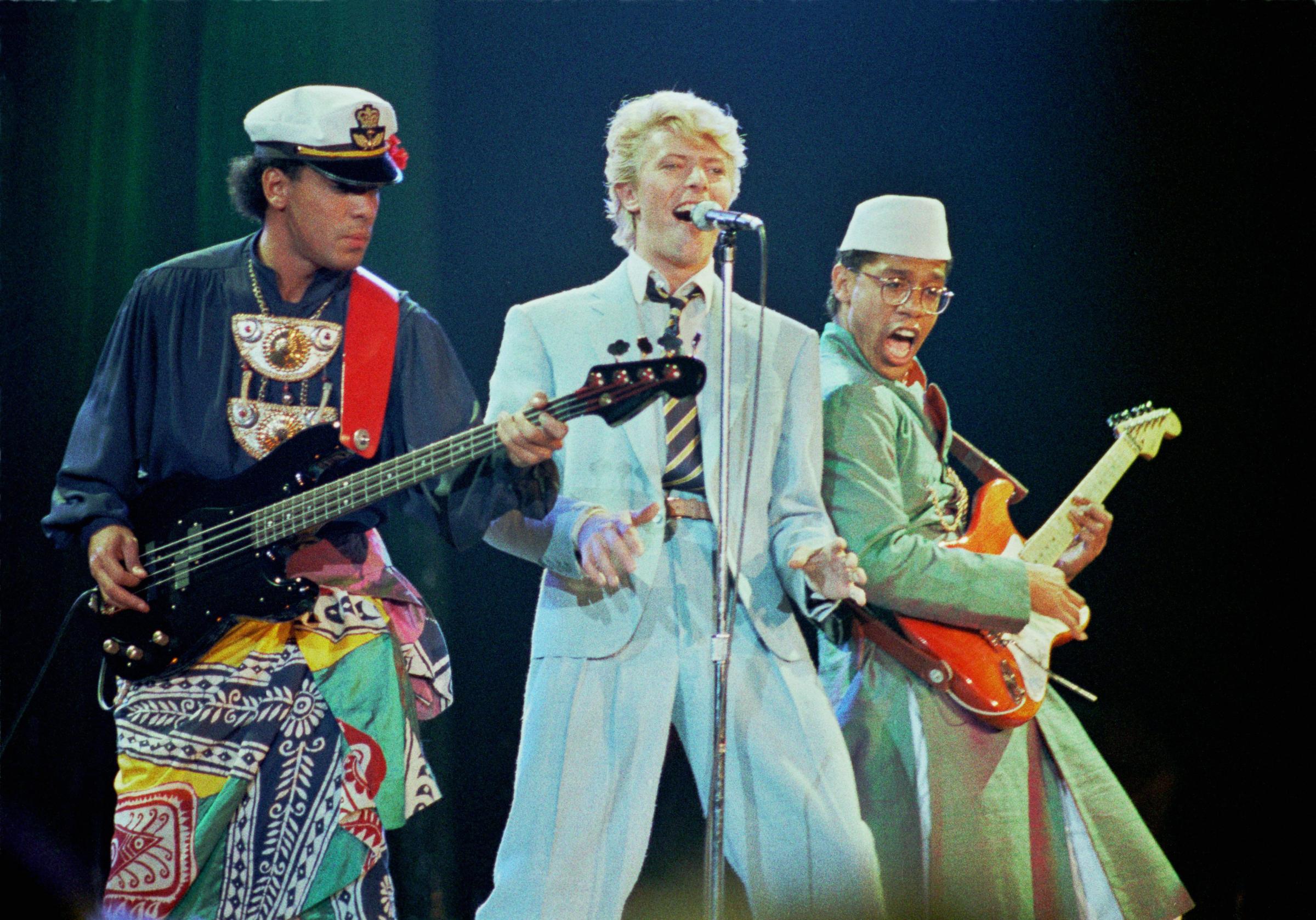
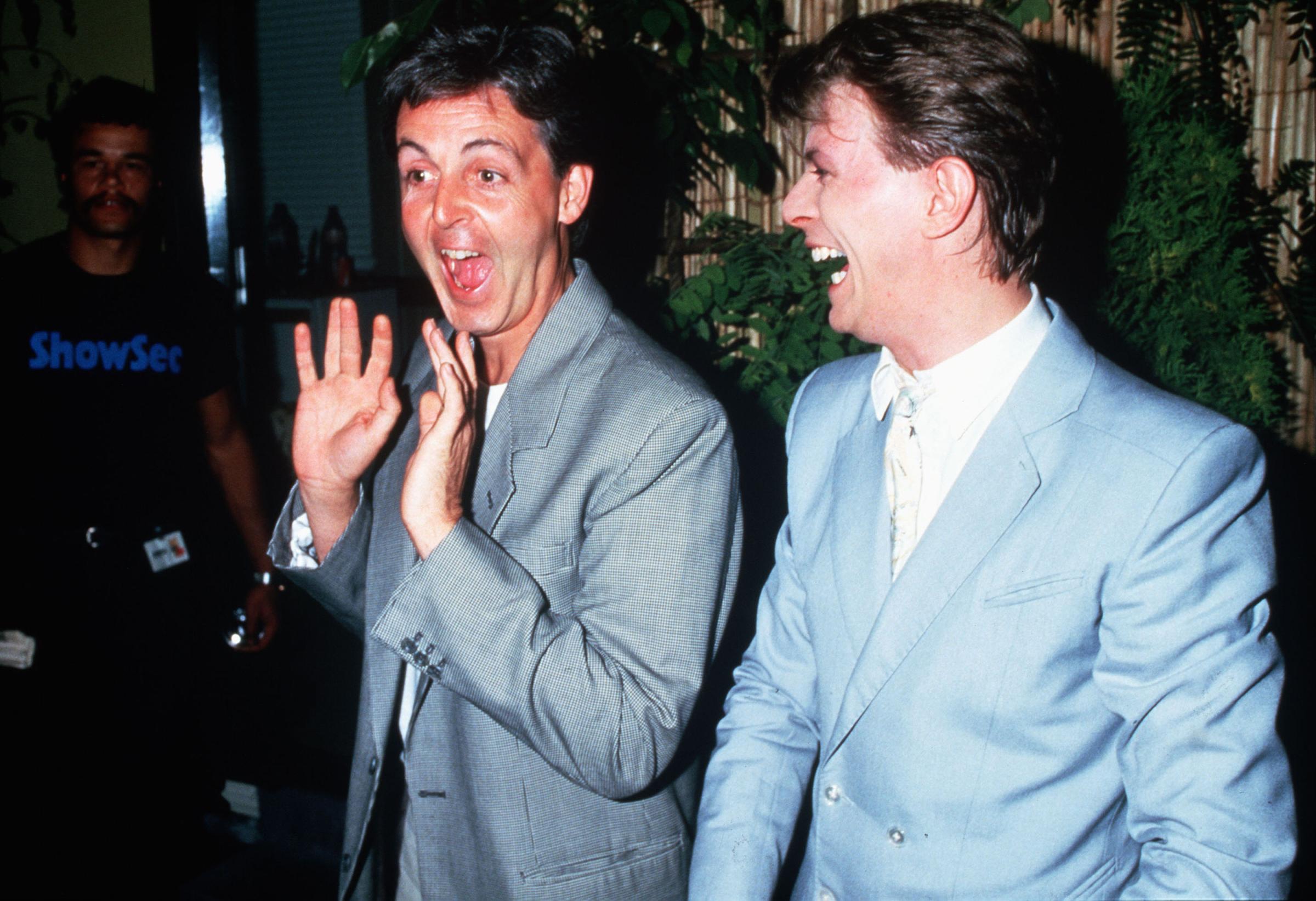

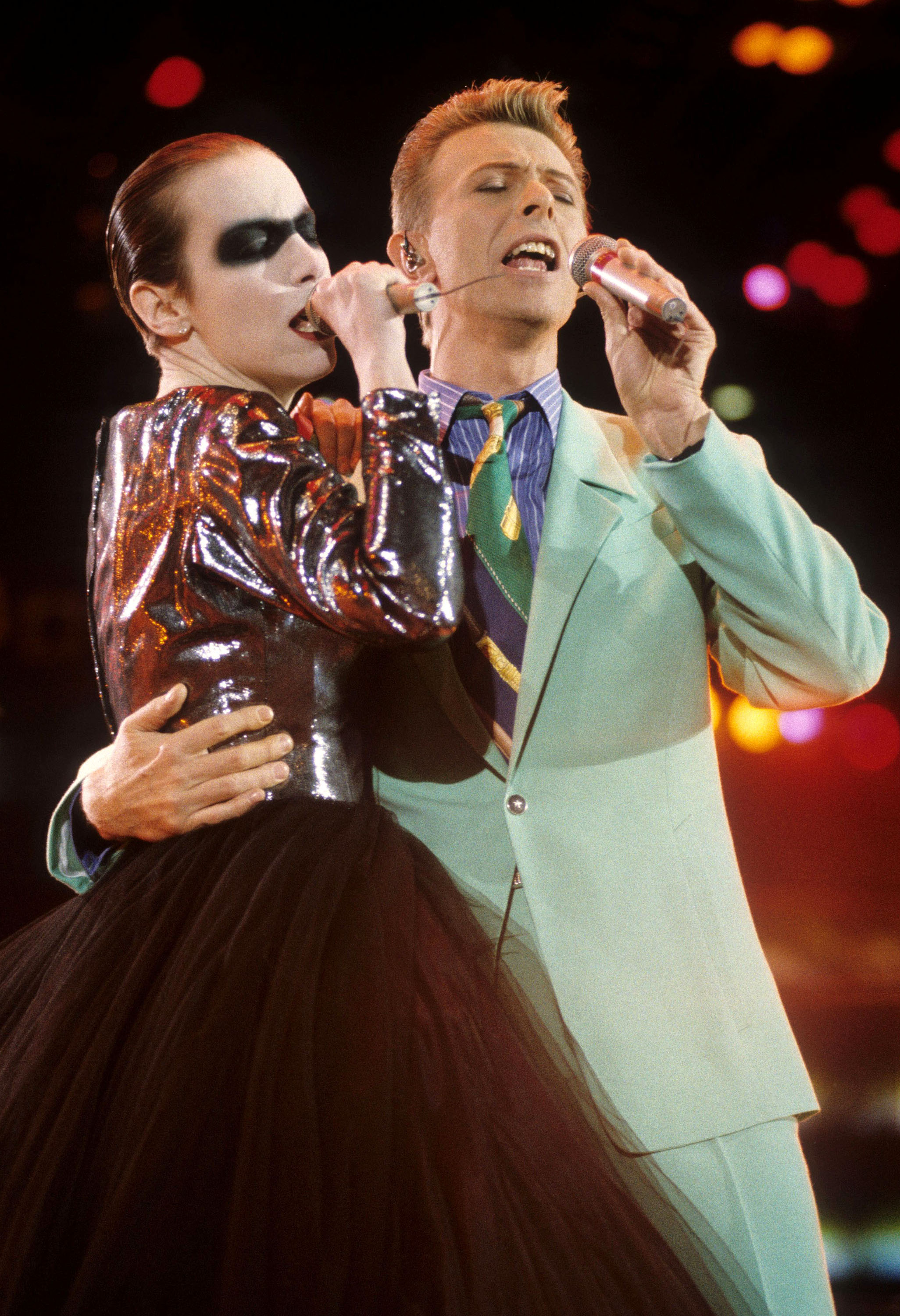

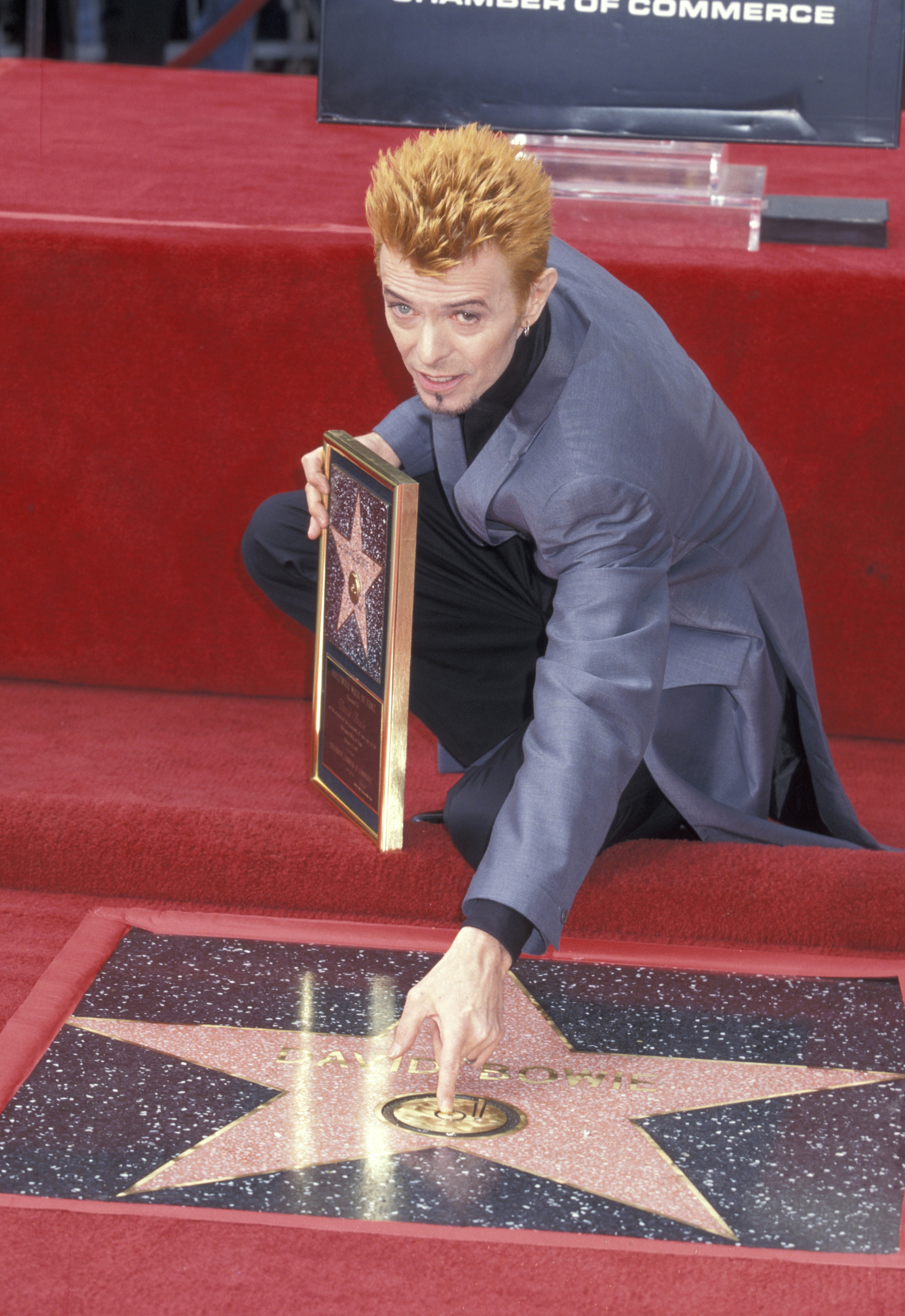





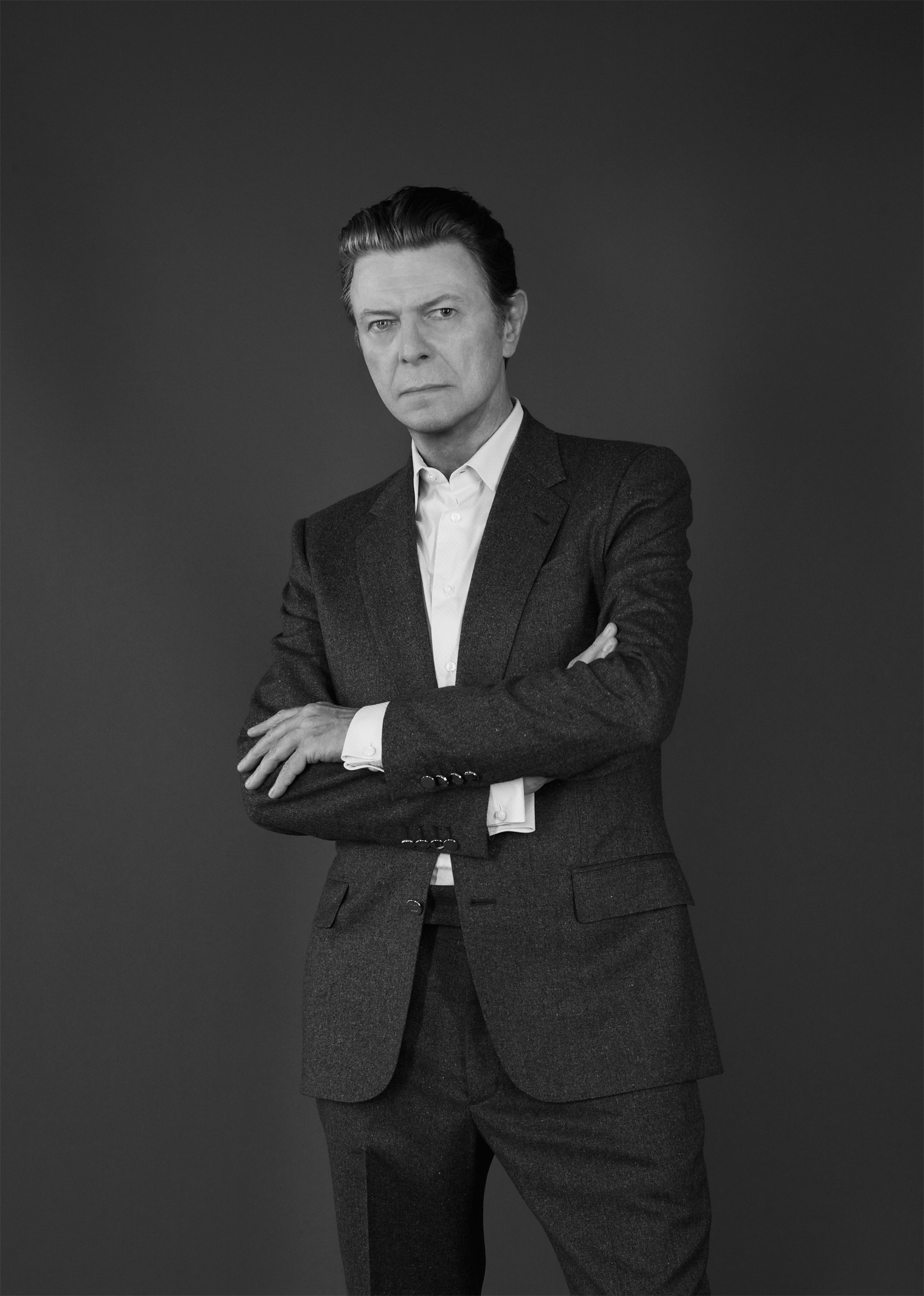
It takes a certain discipline to always look that current, while remaining original. There were some duds, of course. Bowie seemed more motivated by theatrical exploration than always looking sharp. But even garments that by rights would have been more at home on an aunt or slightly frumpy nurse on her day off seemed like the punkest statement ever on Bowie. Yamamoto tells the story of taking the rock star to visit a local Tokyo market where Bowie found an over-the-shoulder bag he just had to have. The fact that it was the type worn by Japanese bus drivers while they were at work did not dampen his enthusiasm. And why should it? As with most things, on him it looked just Hunky Dory
The Many Faces of David Bowie























Excerpted from TIME’s David Bowie: His Life on Earth, an 80-page, fully illustrated commemorative edition. Available at retailers and at Amazon.com.
More Must-Reads from TIME
- Inside Elon Musk’s War on Washington
- Why Do More Young Adults Have Cancer?
- Colman Domingo Leads With Radical Love
- 11 New Books to Read in February
- How to Get Better at Doing Things Alone
- Cecily Strong on Goober the Clown
- Column: The Rise of America’s Broligarchy
- Introducing the 2025 Closers
Contact us at letters@time.com